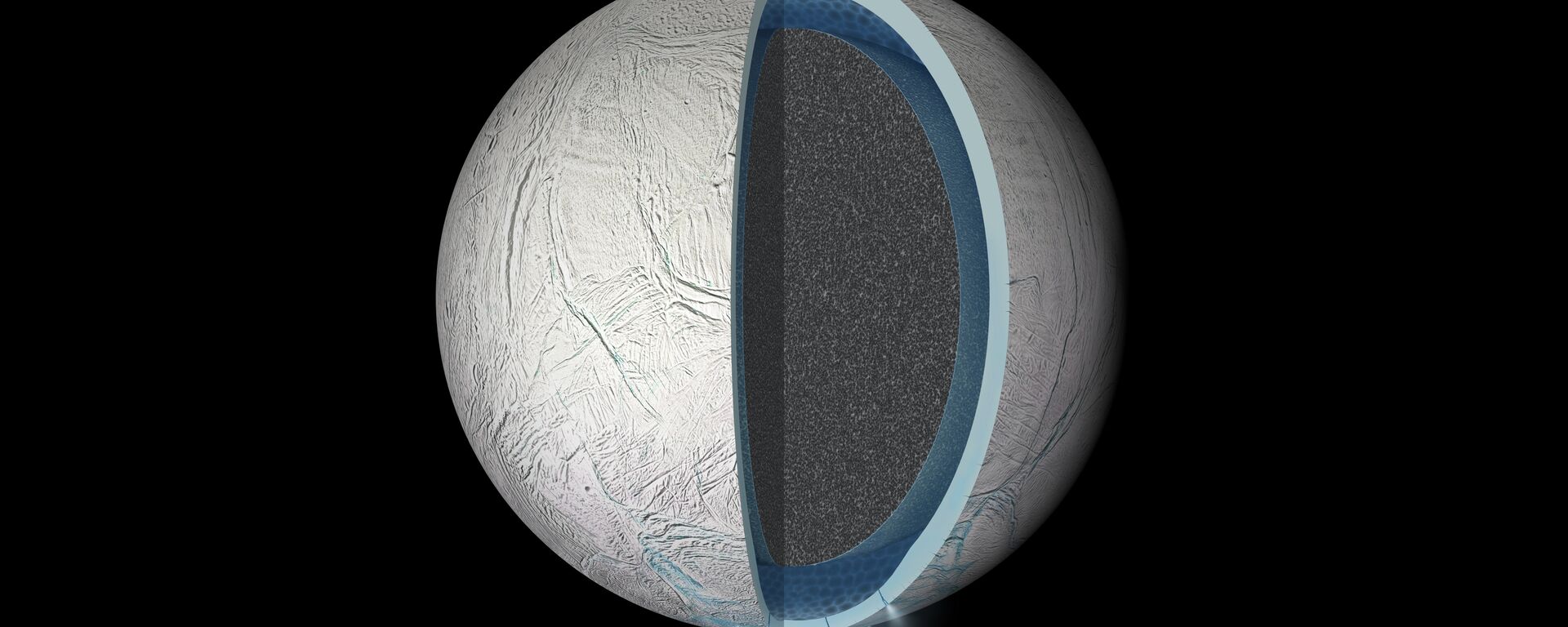https://sputnikglobe.com/20230209/scientists-propose-surrounding-earth-with-moon-dust-to-combat-global-warming-1107100407.html
Scientists Propose Surrounding Earth With Moon Dust to Combat Global Warming
Scientists Propose Surrounding Earth With Moon Dust to Combat Global Warming
Sputnik International
Global warming might be averted by reducing the power of the sun's radiation reaching the Earth. Some scientists suggest spraying substances into the atmosphere. A new study advocates the use of lunar dust for such purpose.
2023-02-09T03:59+0000
2023-02-09T03:59+0000
2023-02-09T03:52+0000
science & tech
earth
sun
moon
dust
global warming
https://cdn1.img.sputnikglobe.com/img/07e6/0b/08/1103901604_0:77:1470:904_1920x0_80_0_0_599ffd3d46033470976bd812a9300b04.jpg
Astrophysicists have suggested looking at the option of placing lunar dust into Earth's orbit in order to avoid further climate warming, a newly-published study has detailed.After modeling various trajectories, scientists determined that launching dust from Earth to a specific point between the Earth and the sun would create an effective sun screen. However, this solution would require an excessive amount of money and effort due to gravity and technical issues.As an alternative, authors suggested using lunar dust, believing it could be a cheap and effective way to shade the Earth. Officials modeled a shot of lunar dust from a platform on the moon's surface towards the sun.It turned out that the properties of the lunar dust were just right for it to work effectively. Scientists say that such a solution is much simpler and cheaper than any other of a similar type. However, officials have pointed out that they are not specialists in rocket and climate science, and only offer a new idea as one of the possible options.The study was published Wednesday in the journal PLOS Climate.
https://sputnikglobe.com/20230104/scientists-reveal-how-life-could-be-detected-on-enceladus-saturns-moon-1106031379.html
earth
Sputnik International
feedback@sputniknews.com
+74956456601
MIA „Rossiya Segodnya“
2023
News
en_EN
Sputnik International
feedback@sputniknews.com
+74956456601
MIA „Rossiya Segodnya“
Sputnik International
feedback@sputniknews.com
+74956456601
MIA „Rossiya Segodnya“
global warming, lunar dust, how scientists want to cope with climate change, global warming possible solutions how
global warming, lunar dust, how scientists want to cope with climate change, global warming possible solutions how
Scientists Propose Surrounding Earth With Moon Dust to Combat Global Warming
Global warming might be averted by reducing the power of the sun's radiation reaching the Earth, some scientists state, suggesting spraying different substances into the Earth's atmosphere in order to create a kind of barrier. A new study advocates the use of lunar dust for such a purpose.
Astrophysicists have suggested looking at the option of placing lunar dust into Earth's orbit in order to avoid further climate warming, a newly-published study has detailed.
After modeling various trajectories, scientists determined that launching dust from Earth to a specific point between the Earth and the sun would create an effective sun screen. However, this solution would require an excessive amount of money and effort due to gravity and technical issues.
"That was the seed of the idea; if we took a small amount of material and put it on a special orbit between the Earth and the sun and broke it up, we could block out a lot of sunlight with a little amount of mass," says Ben Bromley, professor of physics and astronomy at the University of Utah and lead author for the study.
As an alternative, authors suggested using lunar dust, believing it could be a cheap and effective way to shade the Earth. Officials modeled a shot of lunar dust from a platform on the moon's surface towards the sun.
"It is amazing to contemplate how moondust — which took over four billion years to generate — might help slow the rise in the Earth's temperature, a problem that took us less than 300 years to produce," says study co-author Scott Kenyon.
It turned out that the properties of the lunar dust were just right for it to work effectively.
Scientists say that such a solution is much simpler and cheaper than any other of a similar type. However, officials have pointed out that they are not specialists in rocket and climate science, and only offer a new idea as one of the possible options.

4 January 2023, 12:08 GMT
"We aren't experts in climate change, or the rocket science needed to move mass from one place to the other. We're just exploring different kinds of dust on a variety of orbits to see how effective this approach might be. We do not want to miss a game changer for such a critical problem," says Bromley.
The study was
published Wednesday in the journal PLOS Climate.


